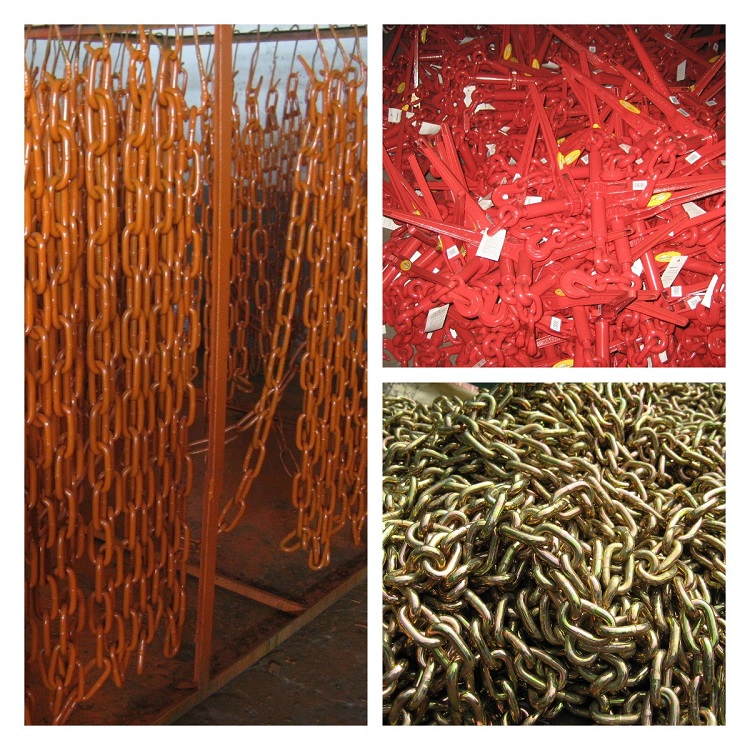Standard for safe use, inspection and abandonment of load binder chains
Lifting strapping chains are important tools for transporting and securing heavy objects. They provide the necessary tension and stability to keep cargo in place during transportation. However, their misuse or neglect can lead to dangerous situations and accidents. To ensure the safe use of lifting chains, it is vital to adhere to standards for their safe use, inspection and disposal.
Standards for the safe use of sling chains emphasize the importance of proper training and education. It is crucial for all personnel involved in handling and operating loading and unloading chains to be trained in their proper use. This includes understanding the different types of chains, their workload limitations, and proper handling techniques. Adequate training ensures that individuals understand the potential risks and hazards associated with the use of strapping chains.
Inspection is another important aspect outlined in the Loading Chain Safety Standard. It is necessary to inspect the lift chain regularly to identify any signs of wear, damage or deterioration. It should be inspected before each use and any faulty or damaged chain should be taken out of service immediately. Common issues to look for during an inspection include bent or broken links, stretched chains, and worn binders.
The load binder chain should also be checked for proper tension. Over-tightening may cause the chain to strain and compromise its structural integrity, while over-tightening may not provide adequate stability for the load. It is important to follow the manufacturer’s recommendations for proper tension. Using a load binder gauge can help achieve the desired tension level.
The standard also provides guidance on discarding strapping chains. Chains that are excessively worn, damaged beyond repair, or have exceeded their working load limits should be taken out of service immediately. These chains must be disposed of responsibly to ensure they cannot be used again. This prevents the risk of someone unknowingly using a faulty or unsafe spreader chain.
In addition to adhering to standards, it is critical to follow other basic practices for hoist chain safety. This includes using chains of the right size and strength for the load, making sure the load binder chain and other securing devices are compatible, and avoiding sharp edges or rough surfaces that could damage the chain. Proper storage and maintenance of lifting chains is also necessary to extend their service life and ensure their effectiveness.
Failure to adhere to standards for safe use, inspection and disposal of lifting chains can have serious consequences. Accidents caused by defective load tie down chains can result in injury or even death. Additionally, failure to comply with this standard may result in legal consequences and financial liability. Therefore, it is critical to educate and train all personnel involved in the handling and operation of loading and unloading chains to ensure their safe and correct use.
In summary, standards for the safe use, inspection and disposal of lifting chains are critical to promoting safety and preventing accidents. By adhering to standard guidelines, individuals can mitigate the risks associated with using strapping chains and ensure the safe transportation of heavy items. Proper training, regular inspections, and responsible disposal of faulty chains are all critical steps in maintaining sling chain safety.
Post time: Sep-28-2023


